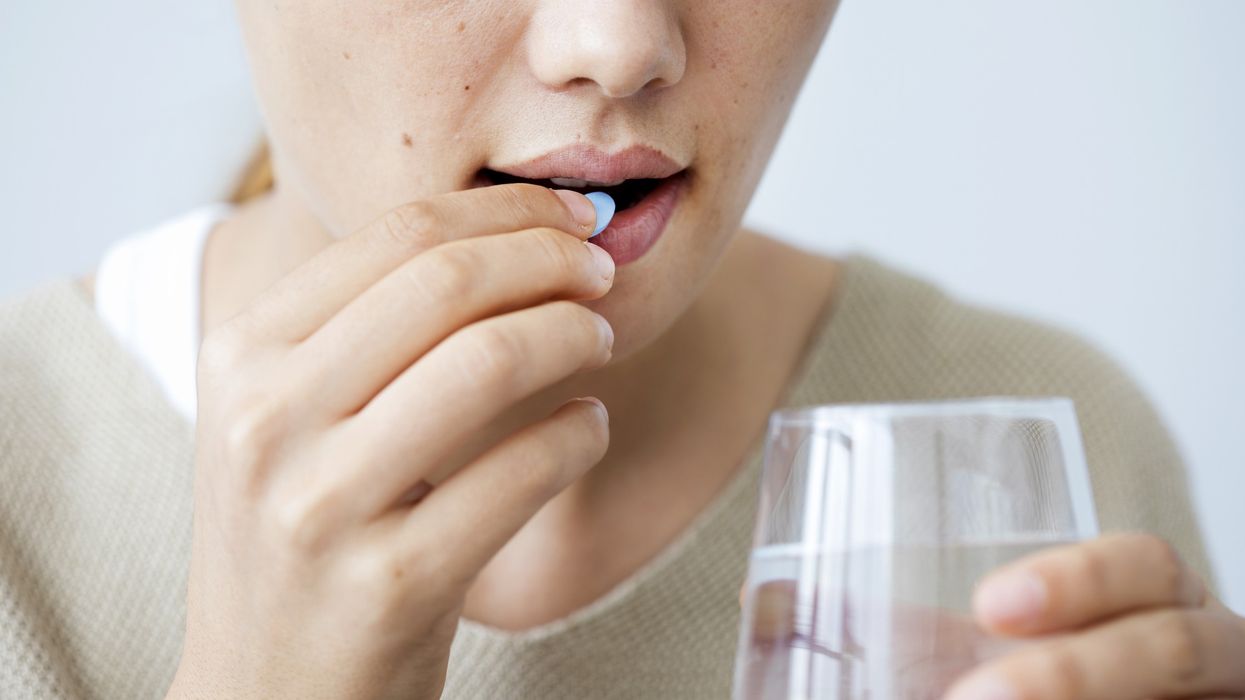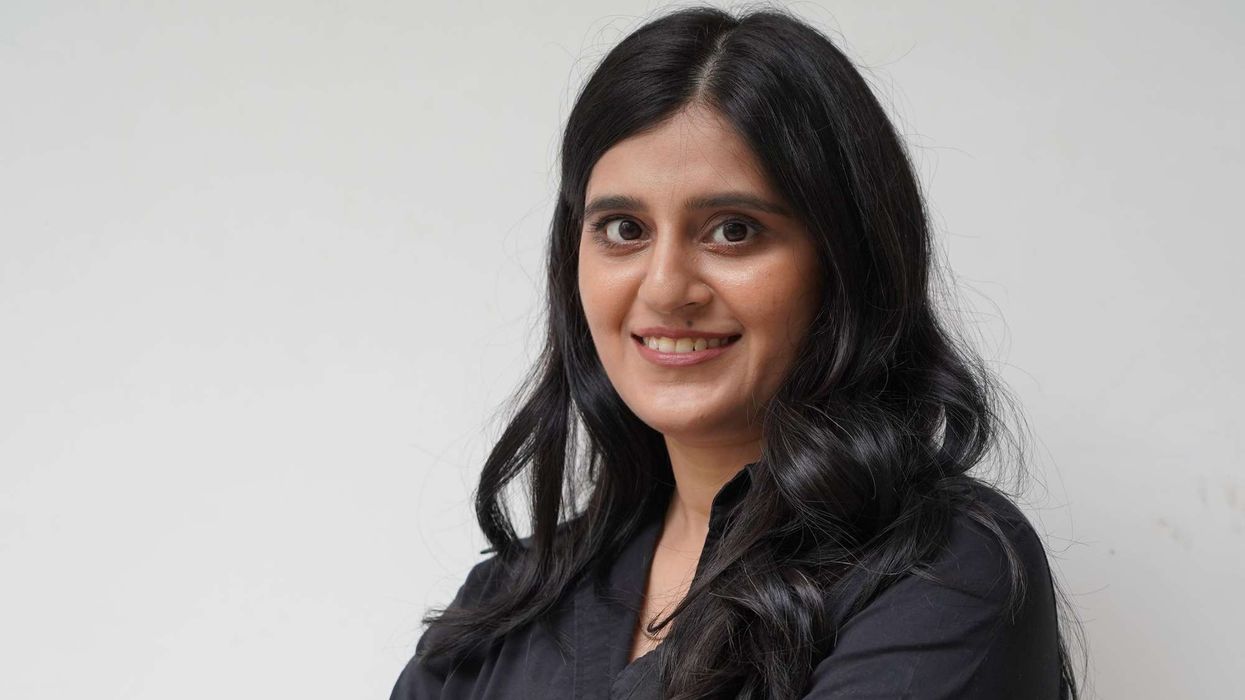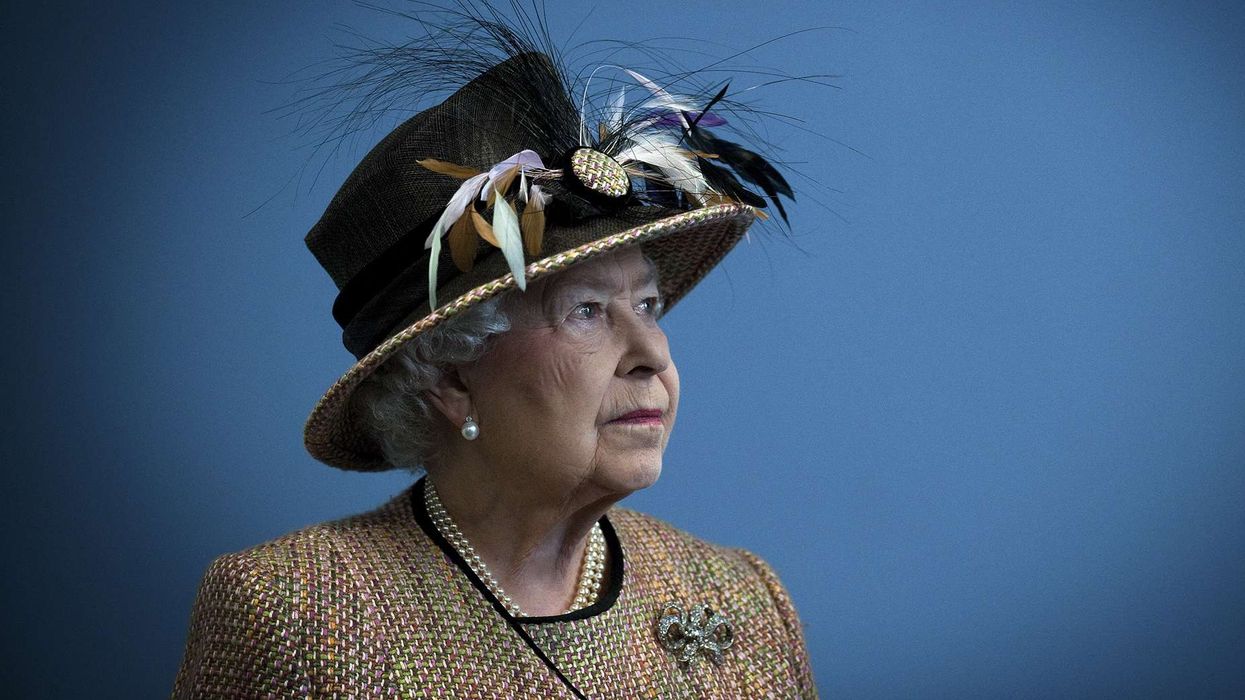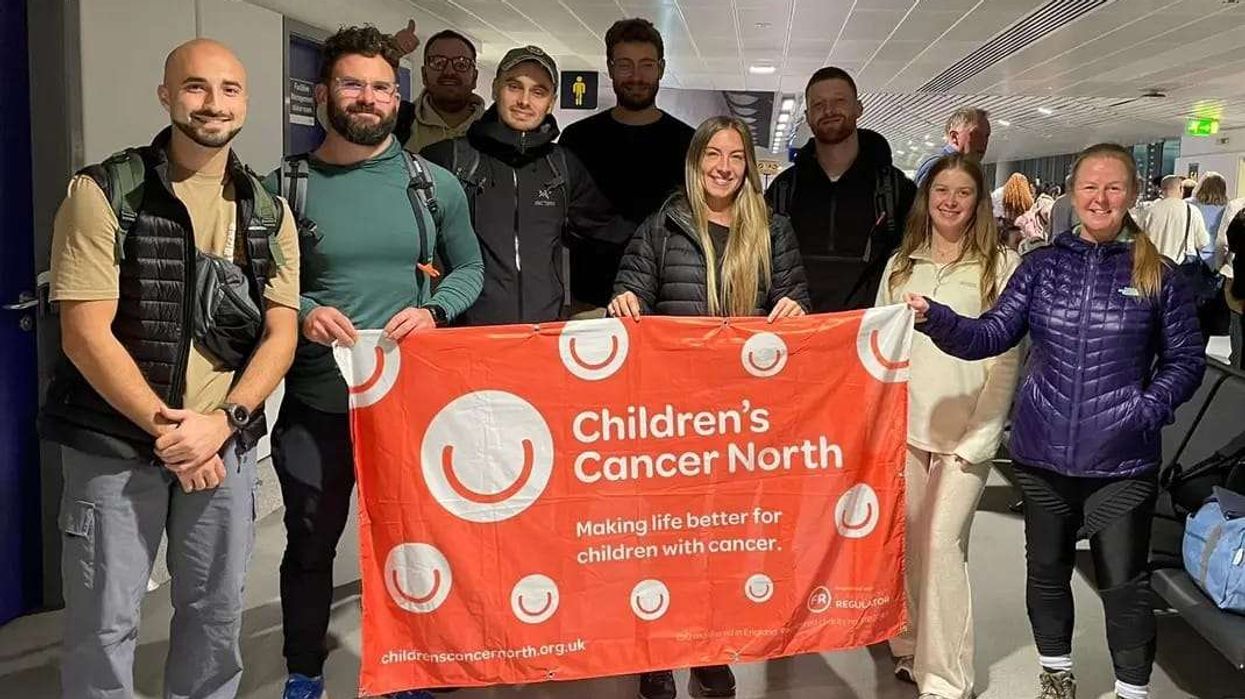A new daily pill, relugolix-estradiol-norethisterone, designed to treat endometriosis, has been approved for use across England’s NHS. This medication provides a convenient and effective alternative to traditional treatments, offering relief for women suffering from this painful condition.
A Breakthrough in Endometriosis Care
Endometriosis, a condition where tissue similar to the lining of the womb grows elsewhere in the body, affects around one in ten women of reproductive age. Symptoms include severe menstrual pain, discomfort during bowel movements, and issues with fertility. Women in the UK typically wait up to nine years for a diagnosis. Current treatments often involve hormone injections administered at clinics, which can initially worsen symptoms.
The newly approved pill, however, can be taken at home and combines multiple hormones into a single dose. This makes it faster-acting and more convenient than injectable treatments, offering greater control for women managing the condition.
Empowering Women with More Options
The National Institute for Health and Care Excellence (NICE) had initially rejected the treatment but later approved it for use, with around 1,000 women expected to benefit each year. Endometriosis UK welcomed the approval, emphasizing the importance of providing women with more choices in their treatment.
Helen Knight from NICE hailed the pill as a “step-change” in endometriosis care, highlighting its potential to reduce the need for frequent hospital visits, thereby easing pressure on NHS services. Dr. Sue Mann, NHS’s national clinical director for women’s health, noted the pill's ability to give women more control over their health, allowing treatment to be managed at home.













